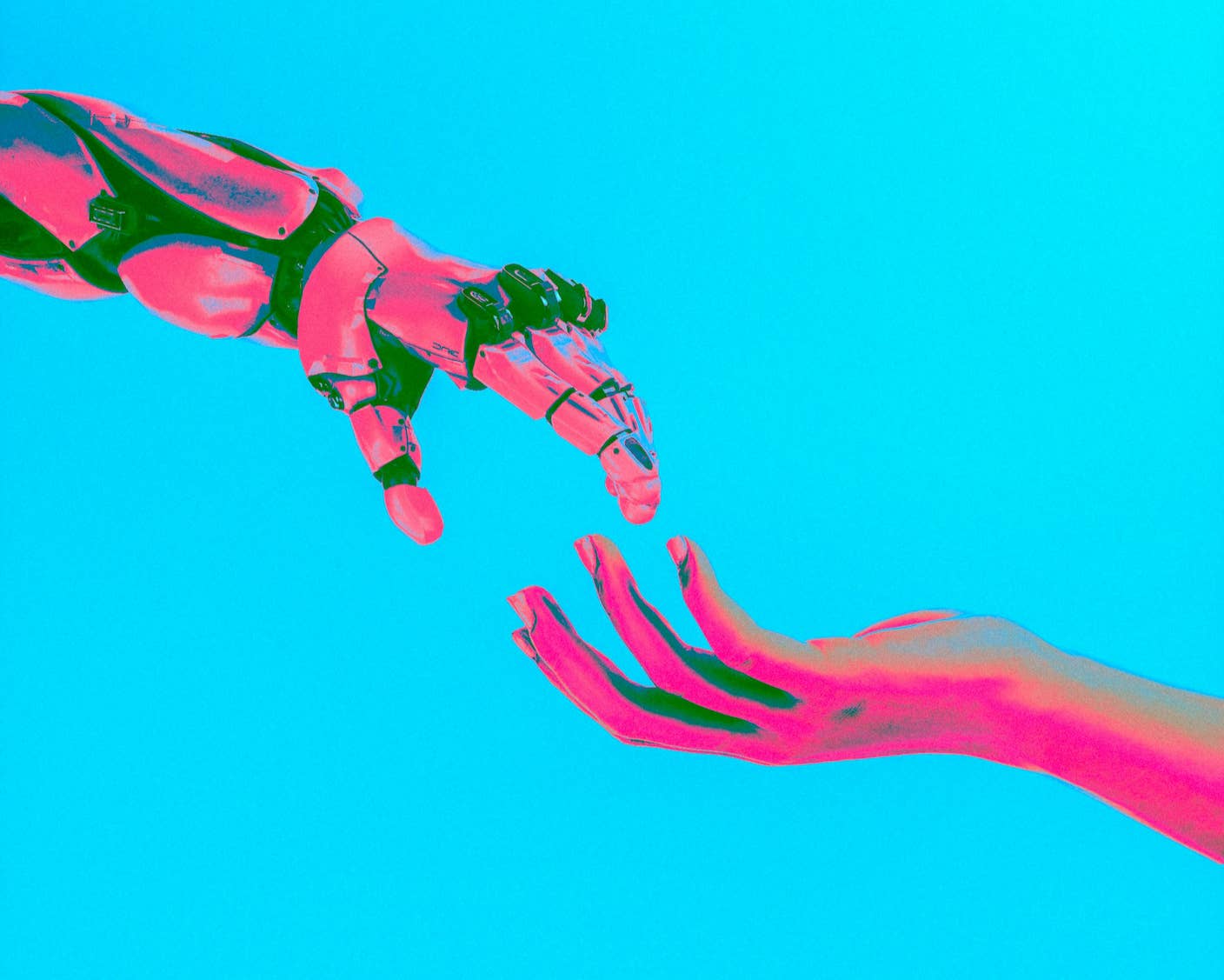AI Could Make More Work for Us, Instead of Simplifying Our Lives

Share
There's a common perception that artificial intelligence (AI) will help streamline our work. There are even fears that it could wipe out the need for some jobs altogether.
But in a study of science laboratories I carried out with three colleagues at the University of Manchester, the introduction of automated processes that aim to simplify work—and free people’s time—can also make that work more complex, generating new tasks that many workers might perceive as mundane.
In the study, published in Research Policy, we looked at the work of scientists in a field called synthetic biology, or synbio for short. Synbio is concerned with redesigning organisms to have new abilities. It is involved in growing meat in the lab, in new ways of producing fertilizers, and in the discovery of new drugs.
Synbio experiments rely on advanced robotic platforms to repetitively move a large number of samples. They also use machine learning to analyze the results of large-scale experiments.
These, in turn, generate large amounts of digital data. This process is known as “digitalization,” where digital technologies are used to transform traditional methods and ways of working.
Some of the key objectives of automating and digitalizing scientific processes are to scale up the science that can be done while saving researchers time to focus on what they would consider more “valuable” work.
Paradoxical Result
However, in our study, scientists were not released from repetitive, manual, or boring tasks as one might expect. Instead, the use of robotic platforms amplified and diversified the kinds of tasks researchers had to perform. There are several reasons for this.
Among them is the fact that the number of hypotheses (the scientific term for a testable explanation for some observed phenomenon) and experiments that needed to be performed increased. With automated methods, the possibilities are amplified.
Scientists said it allowed them to evaluate a greater number of hypotheses, along with the number of ways that scientists could make subtle changes to the experimental set-up. This had the effect of boosting the volume of data that needed checking, standardizing, and sharing.
Also, robots needed to be “trained” in performing experiments previously carried out manually. Humans, too, needed to develop new skills for preparing, repairing, and supervising robots. This was done to ensure there were no errors in the scientific process.
Scientific work is often judged on output such as peer-reviewed publications and grants. However, the time taken to clean, troubleshoot, and supervise automated systems competes with the tasks traditionally rewarded in science. These less valued tasks may also be largely invisible—particularly because managers are the ones who would be unaware of mundane work due to not spending as much time in the lab.
The synbio scientists carrying out these responsibilities were not better paid or more autonomous than their managers. They also assessed their own workload as being higher than those above them in the job hierarchy.
Be Part of the Future
Sign up to receive top stories about groundbreaking technologies and visionary thinkers from SingularityHub.


Wider Lessons
It’s possible these lessons might apply to other areas of work too. ChatGPT is an AI-powered chatbot that “learns” from information available on the web. When prompted by questions from online users, the chatbot offers answers that appear well-crafted and convincing.
According to Time magazine, in order for ChatGPT to avoid returning answers that were racist, sexist, or offensive in other ways, workers in Kenya were hired to filter toxic content delivered by the bot.
There are many often invisible work practices needed for the development and maintenance of digital infrastructure. This phenomenon could be described as a “digitalization paradox.” It challenges the assumption that everyone involved or affected by digitalization becomes more productive or has more free time when parts of their workflow are automated.
Concerns over a decline in productivity are a key motivation behind organizational and political efforts to automate and digitalize everyday work. But we should not take promises of gains in productivity at face value.
Instead, we should challenge the ways we measure productivity by considering the invisible types of tasks humans can accomplish, beyond the more visible work that is usually rewarded.
We also need to consider how to design and manage these processes so that technology can more positively add to human capabilities.![]()
This article is republished from The Conversation under a Creative Commons license. Read the original article.
Image Credit: Gerd Altmann from Pixabay
I am a researcher at the Manchester Institute of Innovation Research (MIoIR) at the University of Manchester, where I conduct qualitative social science research focused on the governance and social aspects of science, technology, and innovation. I have a multidisciplinary background in natural and social sciences and an interest in various topics, including health, artificial intelligence, and biotechnologies.
Related Articles

Study: AI Chatbots Choose Friends Just Like Humans Do

AI Companies Are Betting Billions on AI Scaling Laws. Will Their Wager Pay Off?

Are Animals and AI Conscious? Scientists Devise New Theories for How to Test This
What we’re reading
